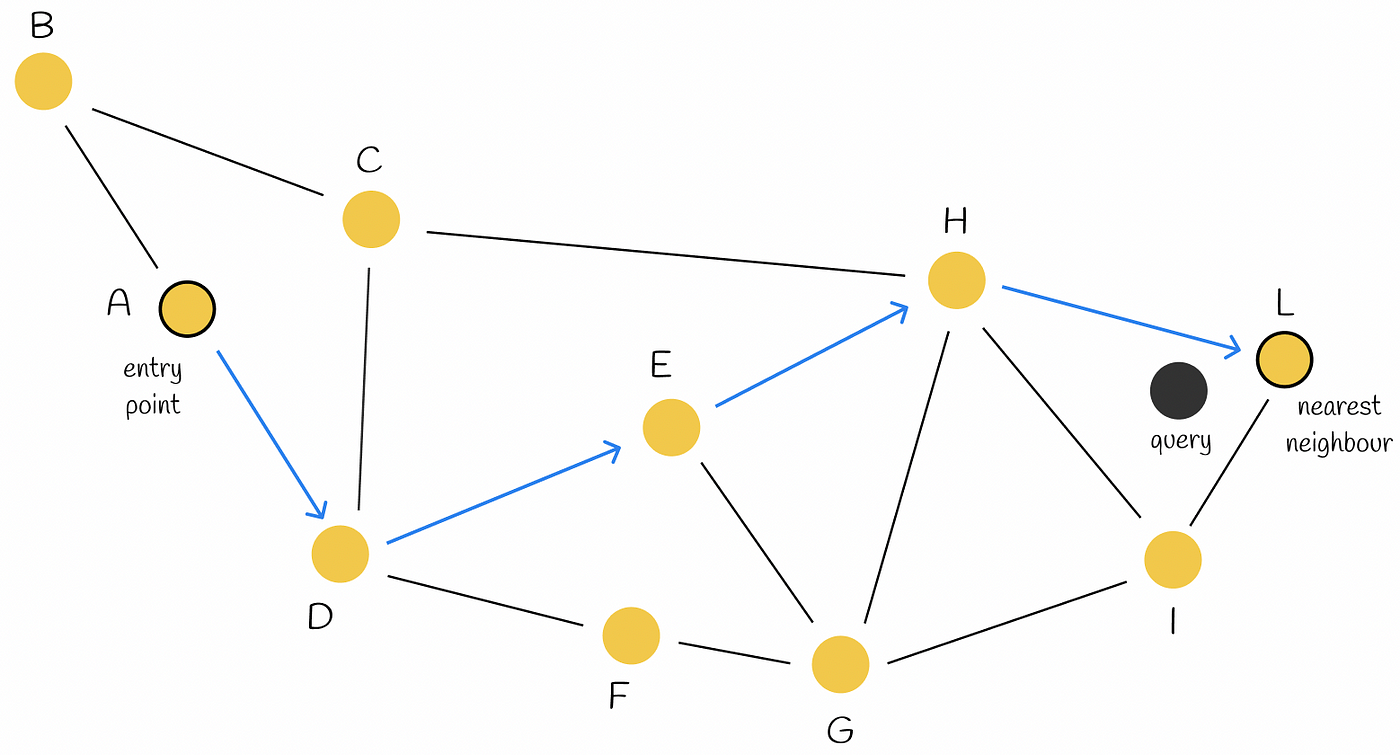InterSystems FAQ rubric
The ID of the last updated record can be obtained using the SQL function LAST_IDENTITY().
* This function can be used with embedded SQL or ODBC but not with Dynamic SQL, SQL Shell, or the Management Portal's SQL interface.
Here's an example of usage with simple Embedded SQL:



